Blood clots in the deep veins of the body are also known as deep vein thrombosis. We have many deep veins running throughout the body. When blood clots form in these veins, they can cause a number of unusual symptoms, even dangerous complications, according to the health website Medical News Today (UK).
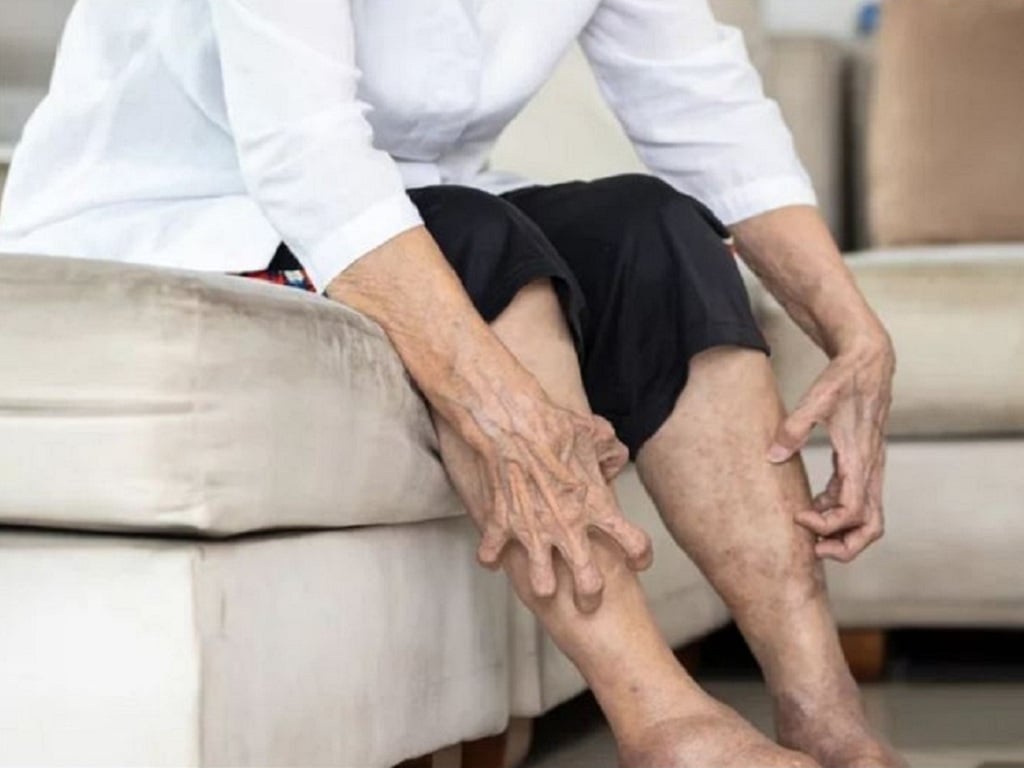
Deep vein thrombosis can cause itchy skin and even ulceration.
Statistics from the US National Library of Medicine show that about 1 in 1,000 people have deep vein thrombosis. Blood clots make veins vulnerable.
This damage leads to inflammation of the vein, causing the skin around it to become dry, red, and itchy. This condition is called post-thrombophlebitic syndrome. It can even cause skin ulcers, which can permanently damage the vein even after the clot has been treated.
Therefore, early detection of itching in the hands and feet is very important to determine whether it is due to deep vein thrombosis or not. To determine this condition, the itchy skin area alone cannot be concluded. Because in fact, there are many causes of itchy skin such as allergies, psoriasis or insect bites.
However, a warning sign of deep vein thrombosis is when the skin is itchy and accompanied by symptoms such as swelling of part or all of the leg or arm. The location of the swelling depends on where the blood clot forms. Sometimes the swelling will be severe, leaving an indentation in the skin when pressed with a finger.
In addition, blood clots will also cause pain. This pain is usually dull, especially when moving. The affected arms and legs may be accompanied by cramps. Because the blood clot blocks the blood flow of the vein, in addition to inflammation and swelling, the skin will be red and hot.
When seeing suspicious signs, the patient needs to go to the hospital as soon as possible. The doctor will check the symptoms and have timely intervention methods soon. Deep vein thrombosis is usually treated with blood thinners or surgery, according to Medical News Today .
Source link




![[Photo] Prime Minister Pham Minh Chinh chairs the Government's special meeting on law-making in April](https://vstatic.vietnam.vn/vietnam/resource/IMAGE/2025/4/13/8b2071d47adc4c22ac3a9534d12ddc17)

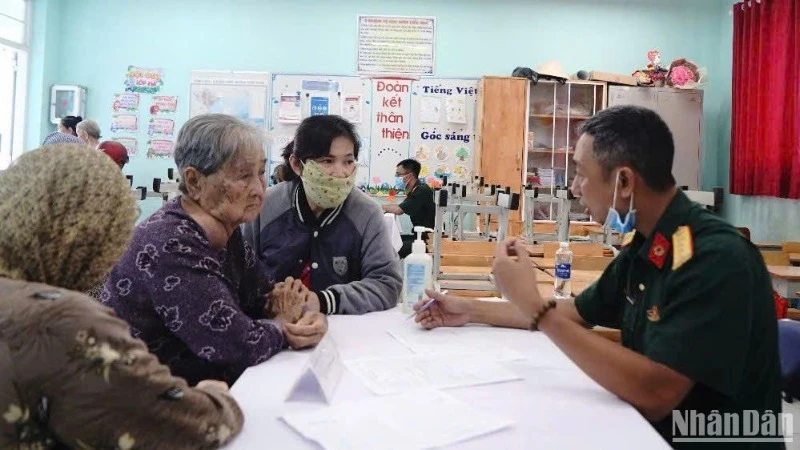


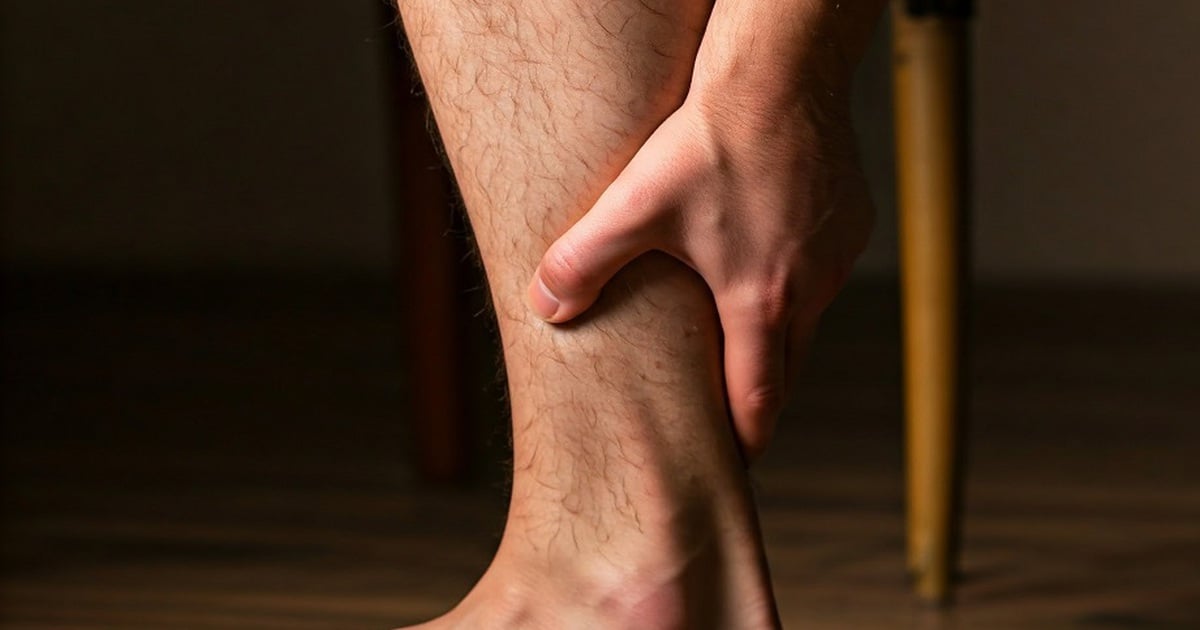

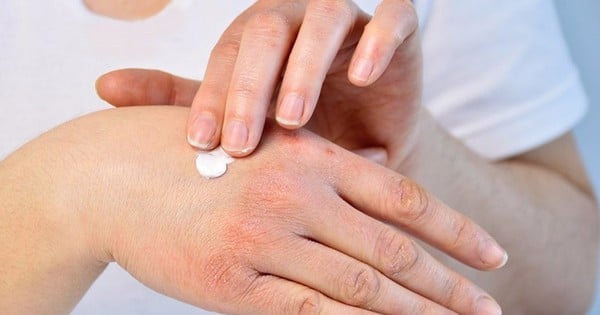

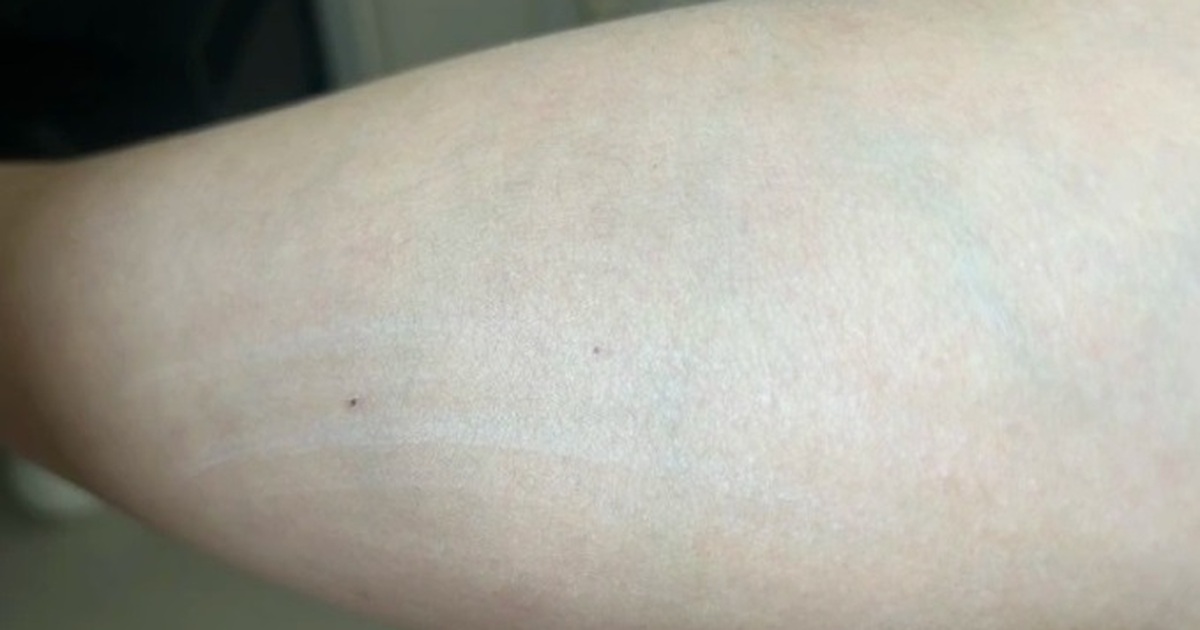
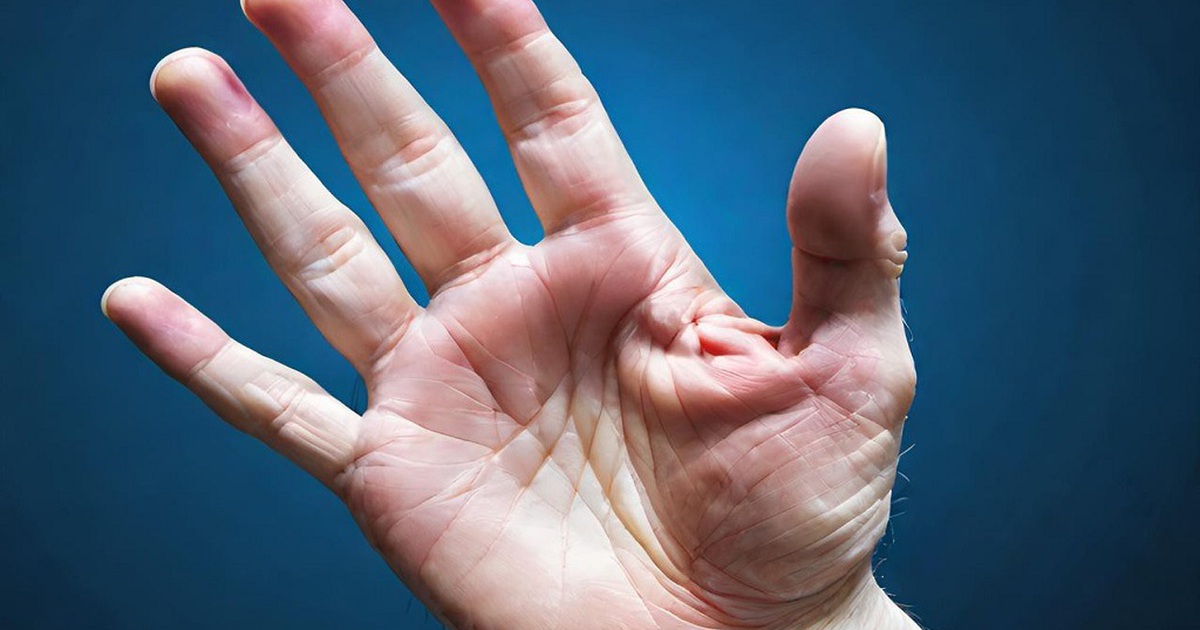
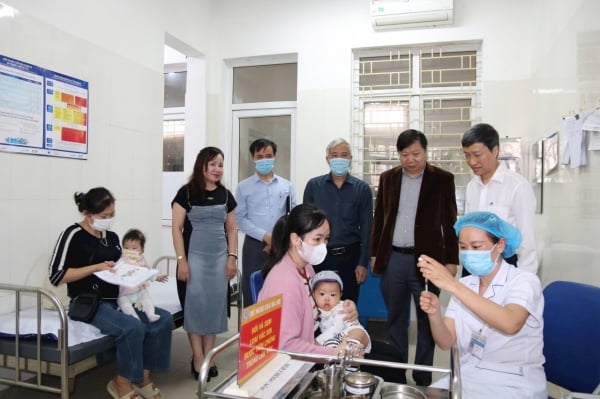
![[Photo] Free health check-up for policy families in Cu Chi district](https://vstatic.vietnam.vn/vietnam/resource/IMAGE/2025/4/13/d2abdd768f84432aac3cc82cb6b58fa8)











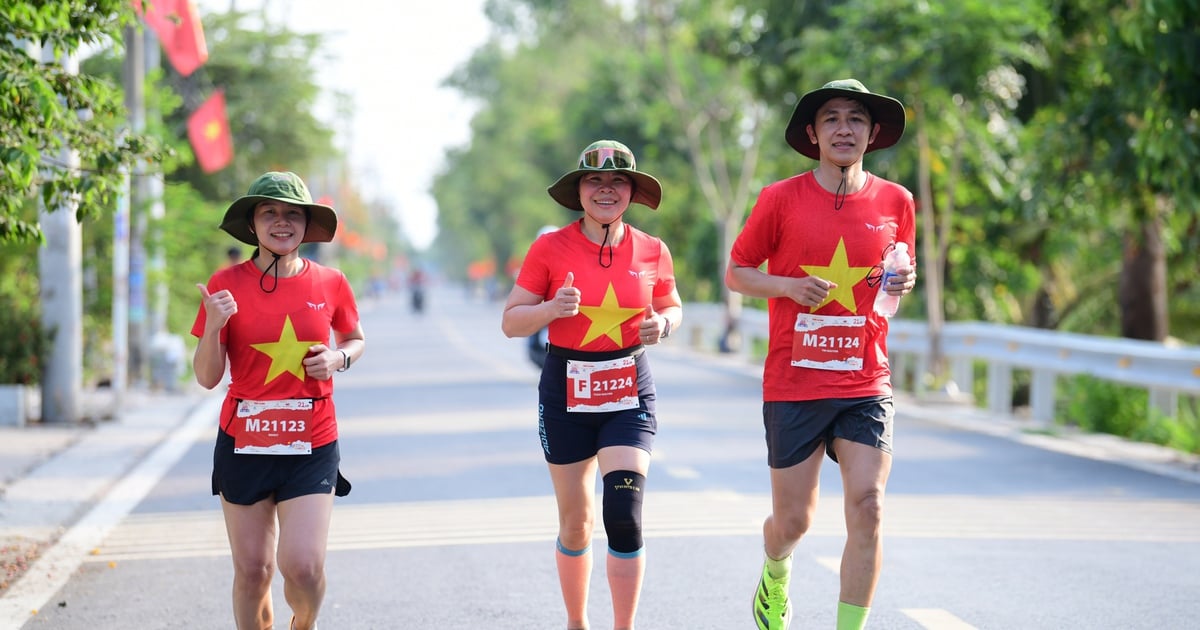













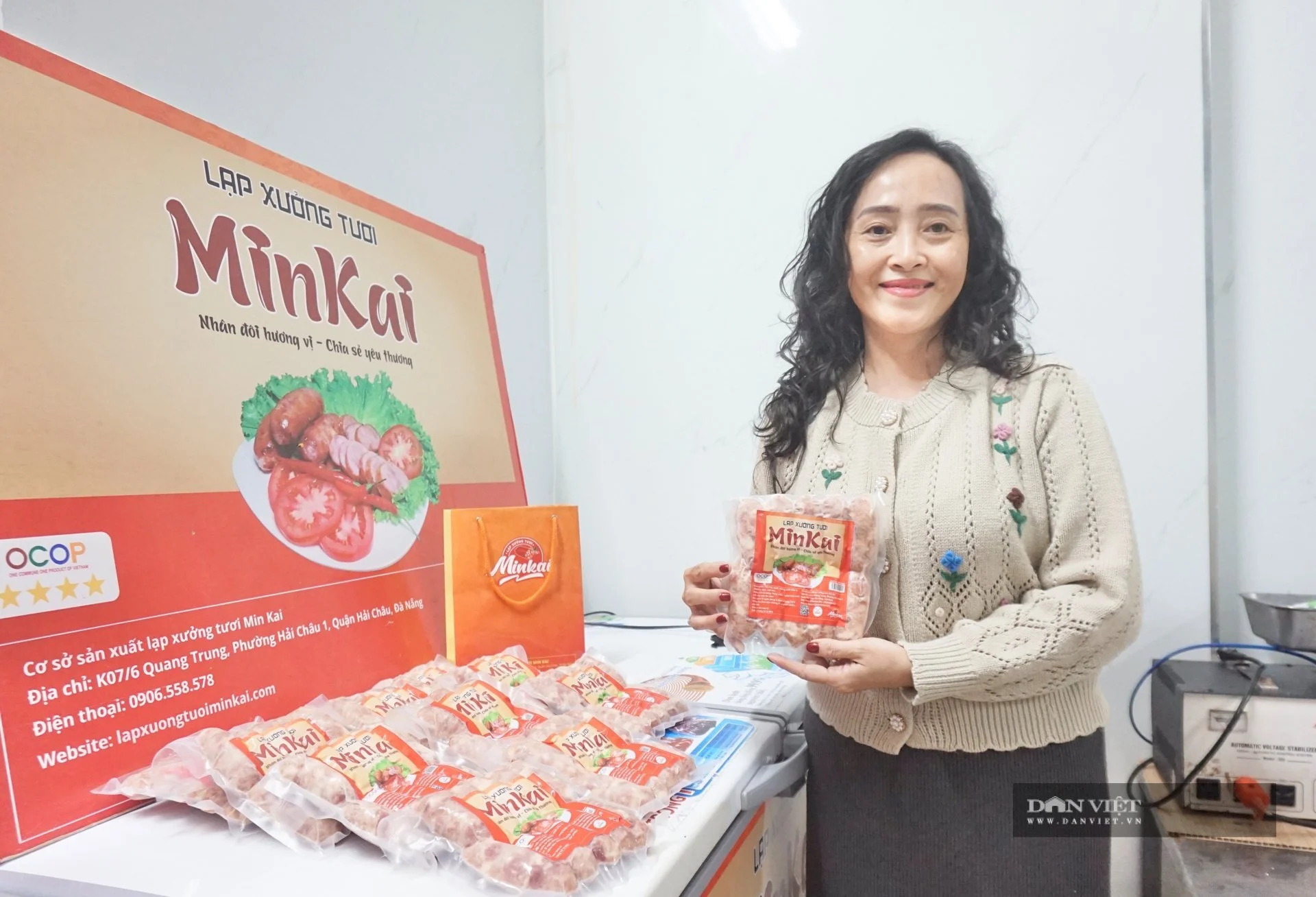



















































Comment (0)